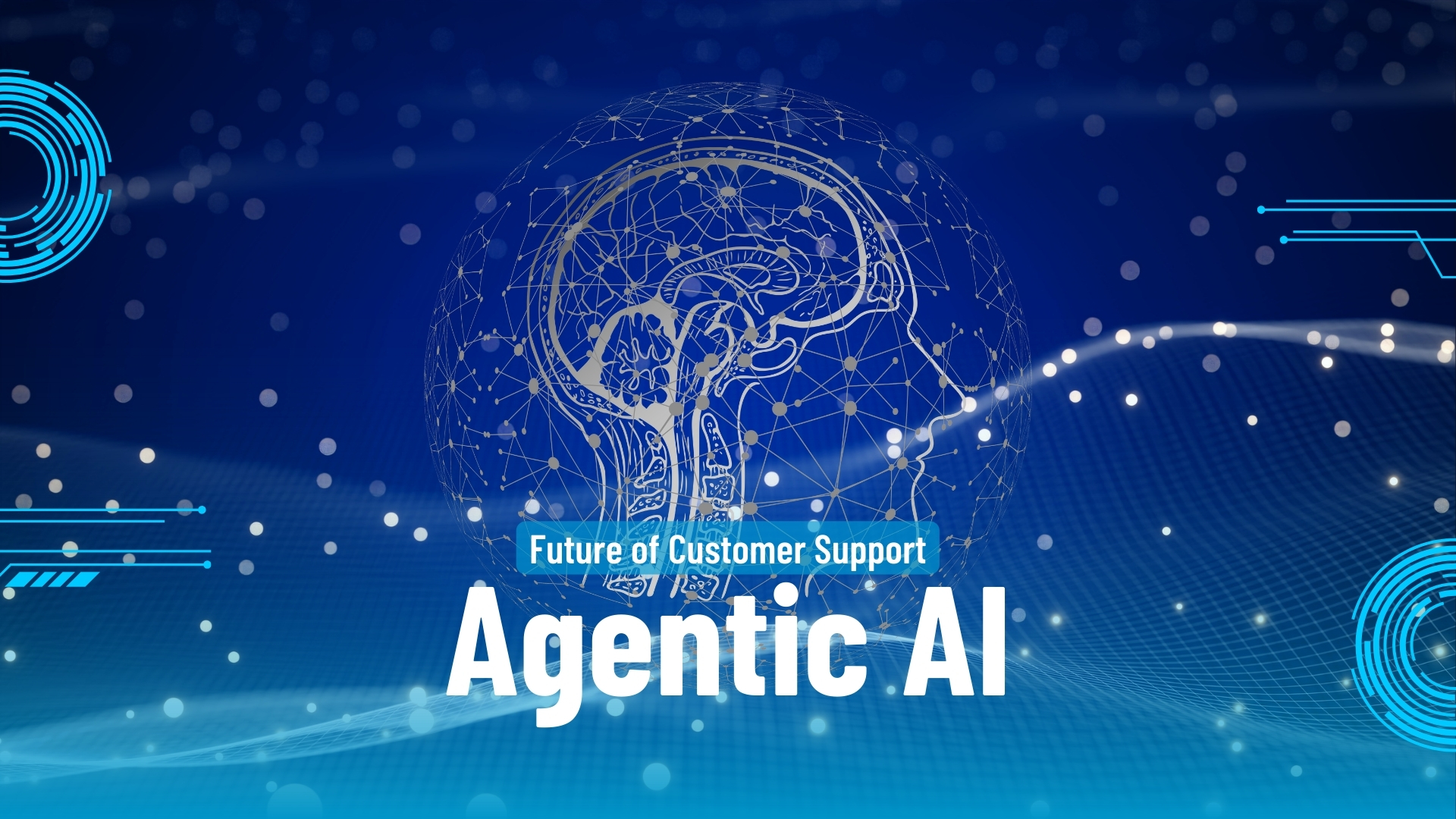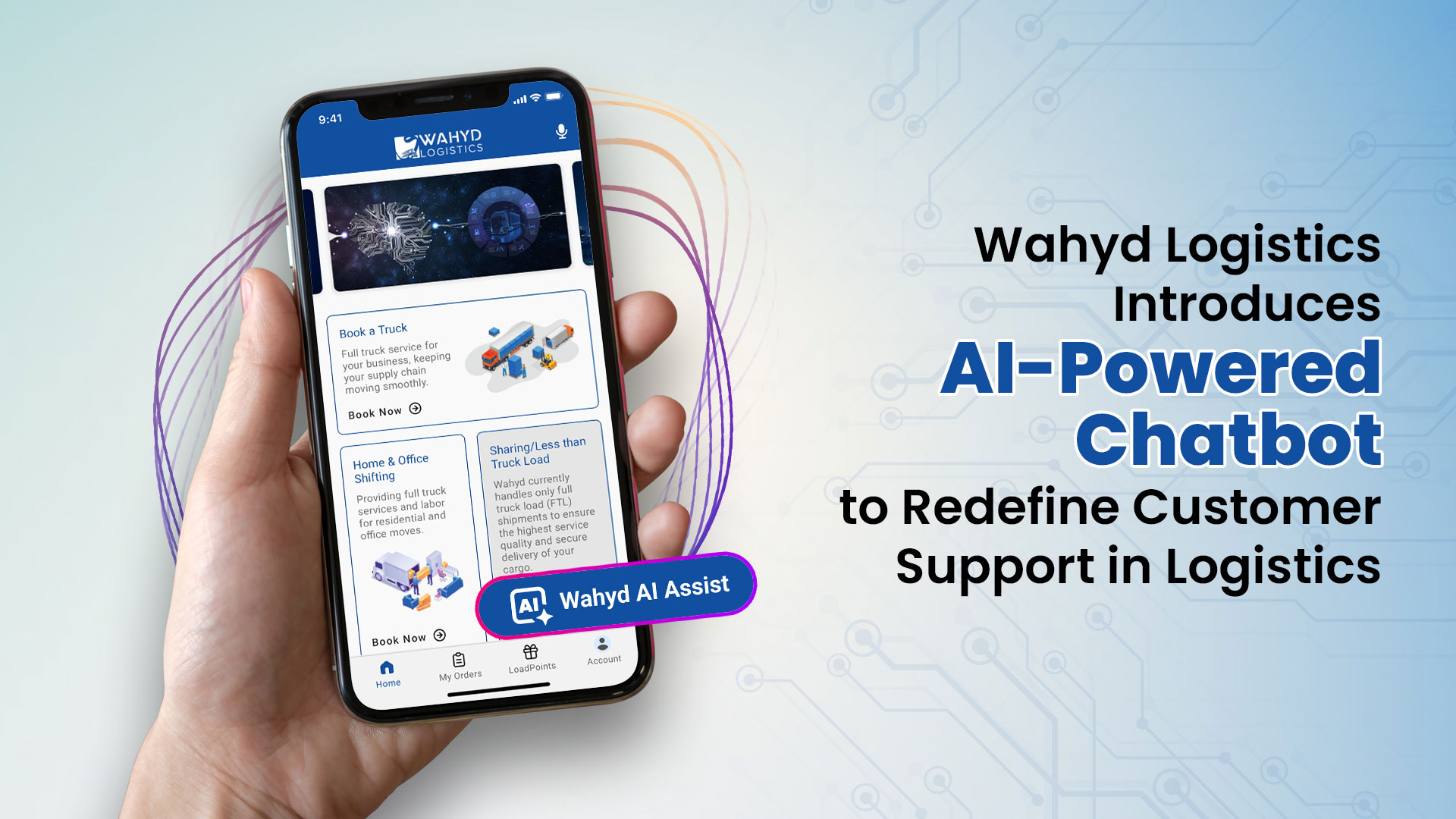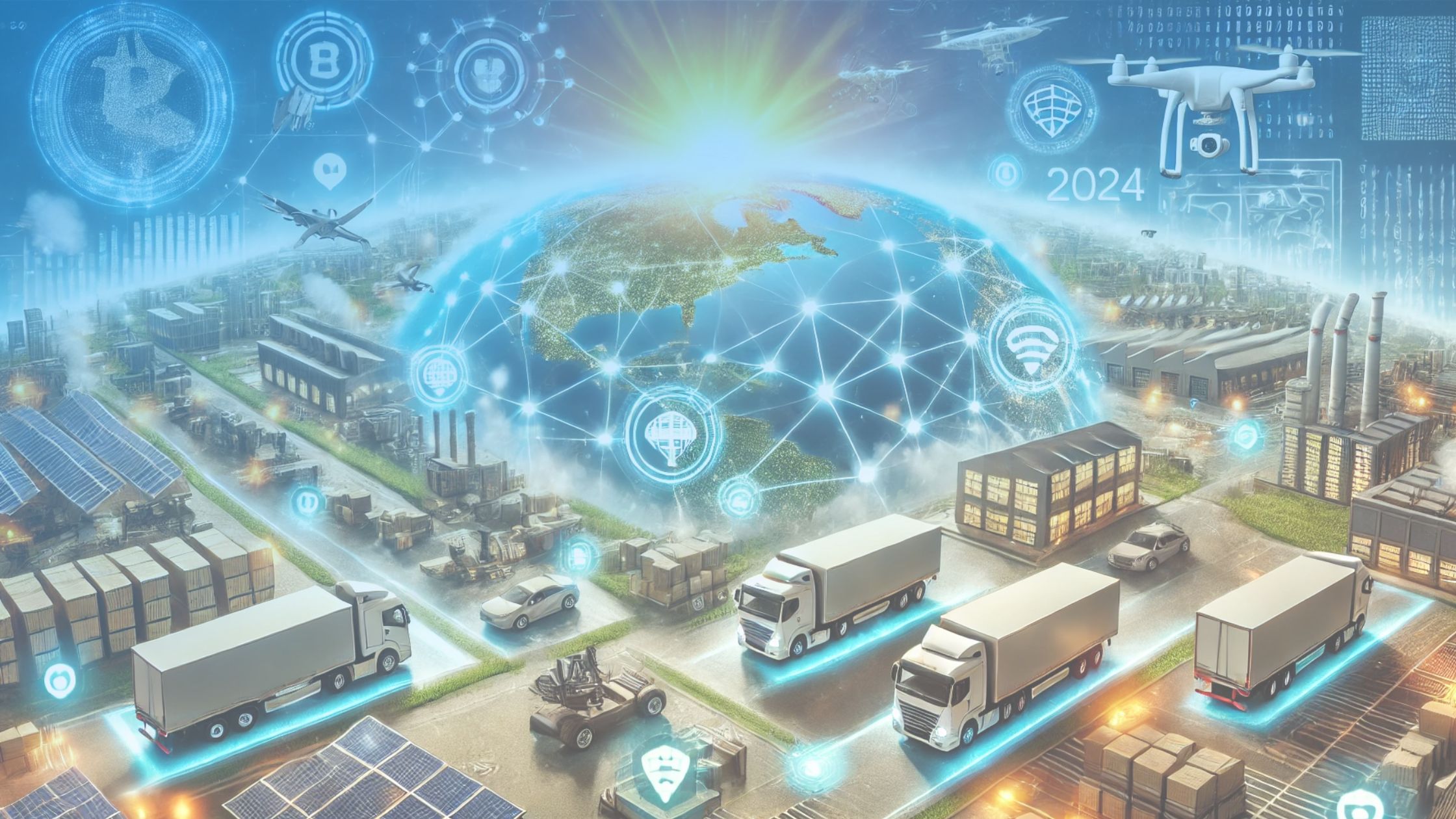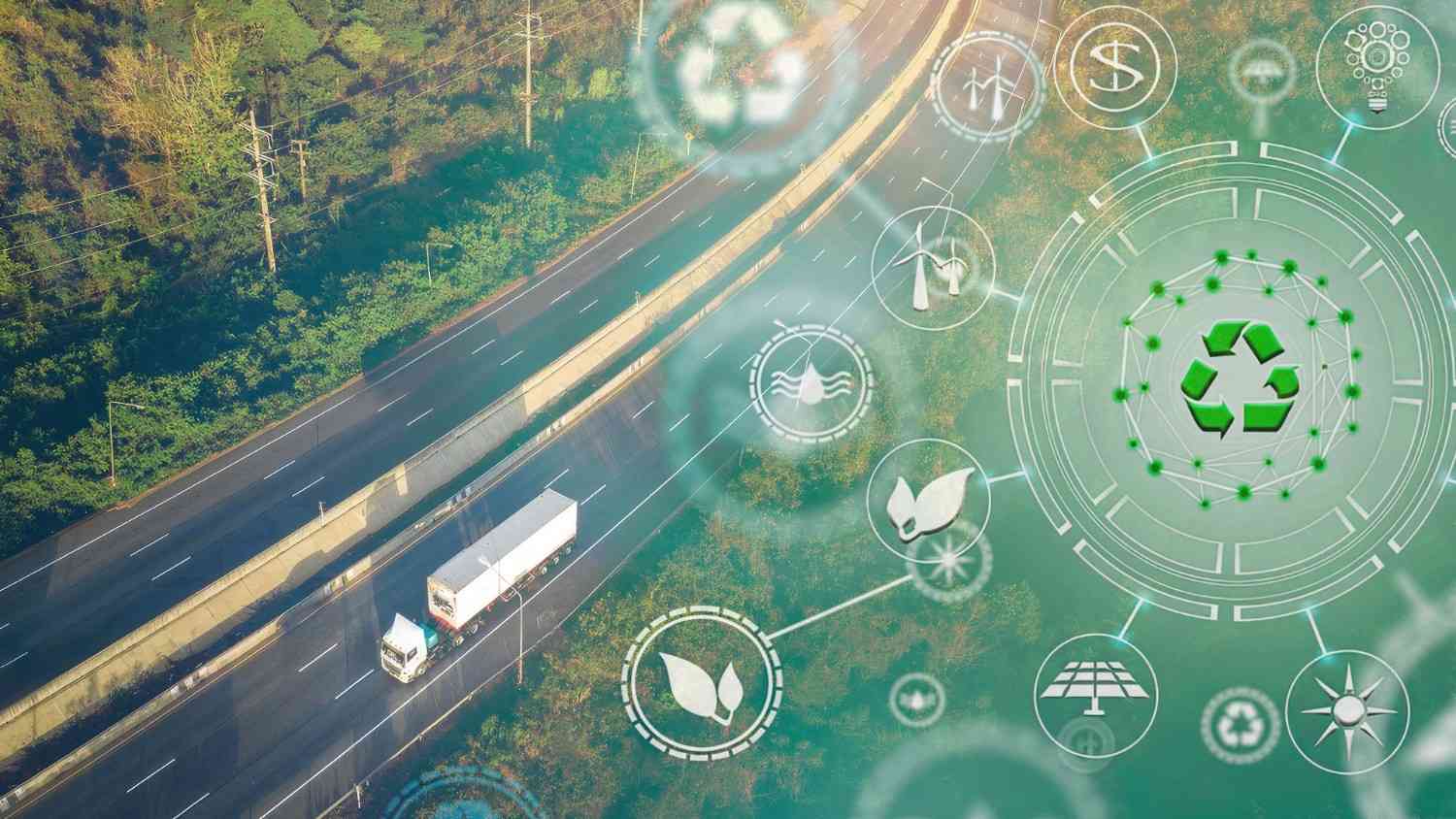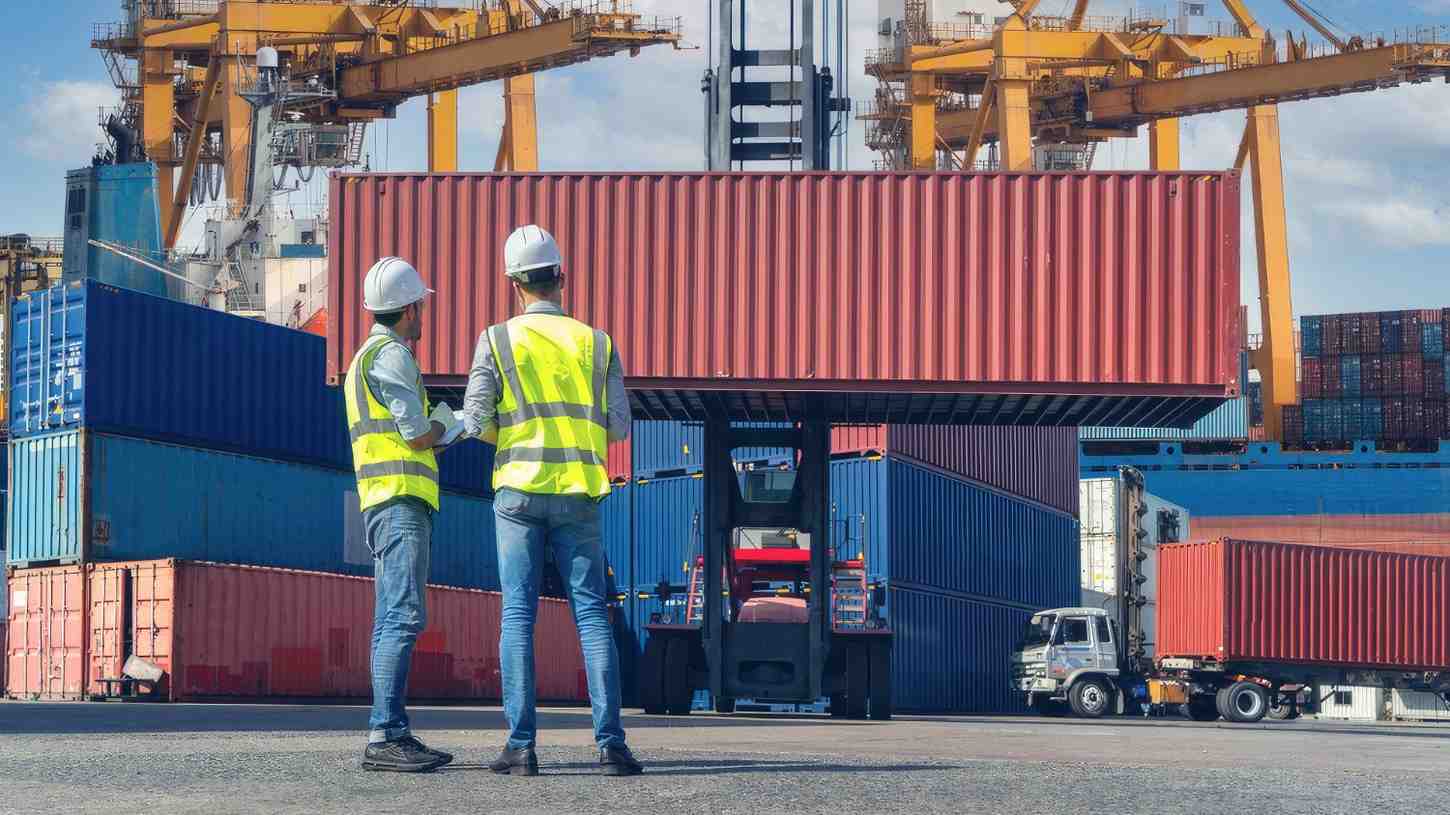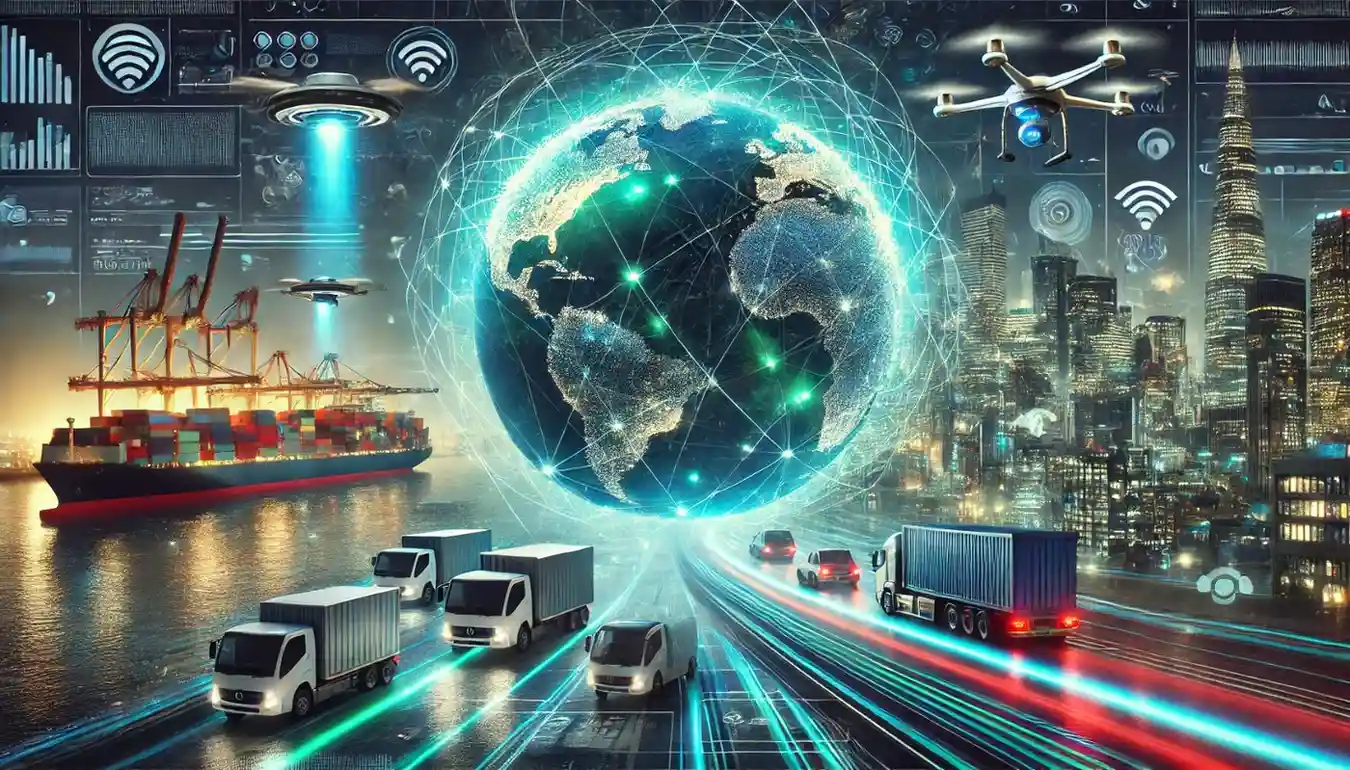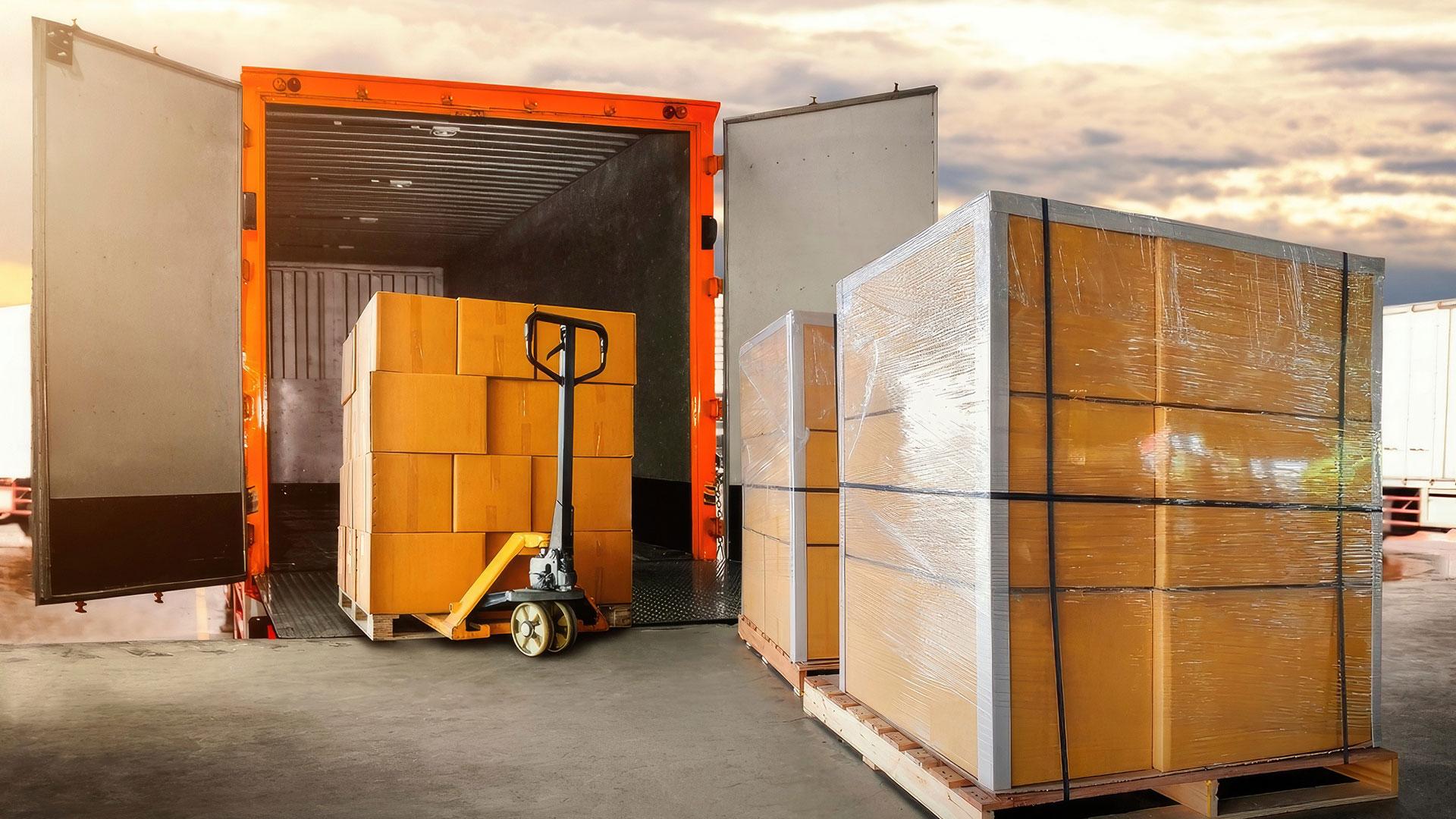
As far as most customers are concerned, things have changed for the better when it comes to expectations in this modern world characterized by speed in digital transactions. Accordingly, personalization in transporting goods has become a primary area of competition among organizations today. By adopting tailored delivery systems that cater to individual tastes and preferences; businesses can enhance their customer experiences, create brand loyalty and stand out from their competitors at the same time. This blog seeks to explore why personalized delivery service is important as well as how businesses can use it. Personalized delivery services have the potential to change the fate of any company, from an online store to a multinational corporation.
Emerging Trends in Personalized Delivery Services
Personalized delivery services are changing in such a way that they adjust to the specific needs of an individual customer. Every experience is unique due to different routes, timings, and selections of products provided within the same service.
Shifting Consumer Demands in Delivery Services
How customers shop has been reshaped entirely due to the e-commerce wave. They can now buy items from anywhere at any time without being restricted by geographical location or store hours. With this convenience, it has raised the bar of customer expectations in shopping performance.
An essential point in this procedure is delivery. Customers not only and customers want their purchases delivered quickly and in good condition, but they also want to have an option on how, when, and where they are going to be delivered. It is evidenced by a survey done by PwC that 88% of consumers would be willing to pay for faster delivery or same-day delivery thus putting emphasis on speediness and convenience of the process of delivering goods.
However, acceleration is not all; there are many things that work together to yield the best result ever possible including the individual’s lifestyle is one among them this means that consumers are opting for alternative choices according to their respective preferences when it comes to choosing between different types of deliveries, for example narrowing down into a specific range of time frames and selecting environmentally friendly shipping methods or even directing parcels sent from online platforms towards places other than homes such as workplaces or lockers.
Technology’s Influence on Modern Delivery Services
Businesses have benefited from the advances in technology, as delivery services become more personalized. The use of advanced algorithms that optimize delivery routes and mobile apps that enable clients to track their parcels in real time facilitates a new level of customization and control over the process of delivery.
For instance, companies like Amazon and Uber Eats have set an example for others by making it possible for people to receive deliveries just hours after placing an order. These organizations take advantage of technology in order to forecast demand, manage logistics, and ensure that items are delivered to the customers promptly and effectively too.
Furthermore, big data and artificial intelligence (AI) are some of the factors that help organizations get information about customer habits and choices. Such data can then be used for offering tailored delivery options like suggesting optimal delivery time based on the customer’s previous behavior or giving a discount on express shipping for frequently purchased items.
Effective Strategies for Launching Personalized Delivery Services
Carrying out personalized delivery services necessitates having a tactful plan that fits into the desires of clients, uses modern technology effectively, as well as making supply chain management systems operate most conveniently and enjoyably.
Insights into Customer Preferences and Behavior
The initial step in providing personalized delivery services is comprehending who your customers are. This involves collecting information on their likes, actions, and requirements. Companies can analyze data from surveys, customer reviews, and analytical tools to get an insight into what is most valued by their clients.
For instance, some consumers may tend to emphasize swiftness while others would rather put more emphasis on the amount of money spent or even the green repercussions. When you understand such predilections, then you can adjust your company’s methods of transportation accordingly.
Furthermore besides collecting data; it is necessary for you to segment your clients according to their preferences so that they can be able to offer diverse delivery options based on them which will guarantee that any customer utilizes a service that satisfies his/her individual preferences
Step one in offering personalized delivery services is understanding your customers. This implies getting information about their preferences, behavior patterns, and demands. Organizations may use customer feedback studies and analytical tools as means of evaluating what most pleases clients during deliveries.
For example, some customers could prioritize speed while others could be more concerned with prices or the impact on the environment. A business that has understood these preferences will be able to modify its transport means accordingly.
Besides collecting data you must segment your customers as per their tastes. This would enable you to provide different delivery mechanisms for different groups of consumers so that each individual gets a service tailored to his/her personal needs.
Providing Versatile Delivery Choices
Delivery services that are tailored to individuals require flexibility as a central element. One of the key aspects of personalized delivery service is the flexibility. Customers should have the ability to determine how and when these deliveries will take place, so they can select from different variants of deals available.
Among common flexible delivery options are:
- Same-day or next-day dispatch: For customers who need their items immediately providing fast delivery alternatives can make a big difference.
- Scheduled Delivery Windows: Customers can opt for particular time slots, and this is helpful, especially for those who spend all day away from home while waiting for parcels.
- Alternative Delivery Locations: This option allows customers to receive their goods at a non-residential address like office, locker, or even neighbors.
- Eco-Friendly Shipping: People who care about environmentally friendly options can select carbon-neutral shipping methods among others.
- Subscription Services: Think about having a subscription arrangement for certain things that customers often purchase regularly instead of ordering them at intervals that are often longer.
Using Technology to Enhance Personalization
Technology has a significant position in giving customized delivery services. Below are several methods businesses can utilize technology to improve their shipment offerings:
- Real-Time Tracking: Giving customers the capability to follow their deliveries in actual time can substantially enhance their experience. This enables customers to know exactly when their package will arrive and make any necessary arrangements.
- Predictive Analytics: Utilize AI and machine learning to predict consumer behavior including preferences. For instance, if a consumer usually places orders for groceries on weekends, provide him/her with an offer of reduced delivery charges on Saturdays.
- Personalized Notifications: Forward tailored notifications addressed directly to clients according to what they like best. As an illustration, control your texts such that you alert him/her about the arrival of his/her goods 30 minutes away or send e-mails with discounted prices for a commonly purchased item being delivered sped up.
- Dynamic Pricing: Take into account using dynamic pricing just like customized shipment rates. For example, a consumer who often selects express shipping may have his/her standard rate of delivery cut down.
Collaborating with Delivery Partners for Enhanced Service
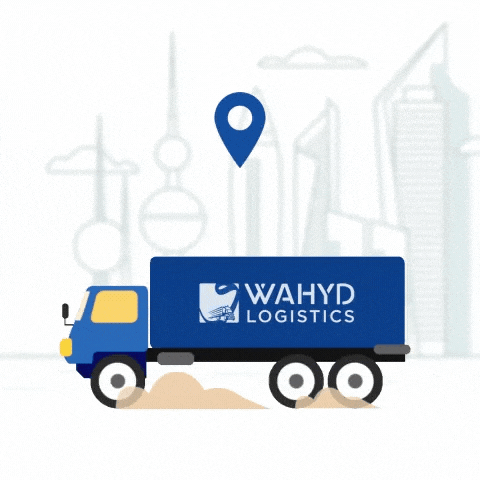
Low-budget personalized shipping choices for companies without delivery logistics management can be established through collaboration with third-party distribution services.
Numerous external distributors provide a variety of shipment alternatives, for example from immediate delivery to time-framed drop-off. Working together with such organizations enables companies to provide their consumers various transporting means without investing in their vehicles.
Now when selecting a courier provider, aspects like promptness, dependability, and pricing should guide you. More so, ensure the shipment service can blend seamlessly into your existing frameworks and provide the level of individualized quality expected by your clientele.
Delivering Outstanding Customer Service
With the finest means of conveyance and technology at our disposal things may not turn out as expected. For instance, packages may be delayed or even lost completely. It is therefore important for a business how it handles a situation because such a move causes huge differences in customers’ experience.
One way of keeping customers happy is through outstanding customer service. This implies that one needs an active and effective customer service department that can deal with delivery problems quickly.
Besides dealing with the issues promptly, it is essential to talk to customers ahead of time regarding their deliveries. For example, if there’s going to be a delay in delivery, let the customer know immediately and suggest options like rescheduling or giving a refund instead.
Benefits of Personalized Delivery Services
The customization of shipping policies enhances satisfaction by providing individualized experiences, boosting comfort, and enhancing the efficiency of everything.
1. Enhanced Customer Experience
Customers are given more control and flexibility over their deliveries by personalized delivery services which greatly improves customer experience. This may result in higher customer satisfaction rates and increased loyalty levels because most clients will always come back to those businesses that serve them according to individual specifications.
For instance, someone who has chosen a precise package timetable has a higher chance of being satisfied with the delivery than someone who stayed home throughout the day waiting for it. Likewise, it is probable that when one considers selecting an environmentally friendly shipping choice; they will appreciate purchasing this item as well as patronizing the same business once again.
2. Increased Customer Loyalty
Personalized delivery services have the potential to enhance customer loyalty. If customers believe that a business understands them and their unique preferences, they are likely to go to that store again for additional buying.
Besides improving customer retention, personalized delivery services can also raise average customer lifetime value (CLTV). Clients who are happy with their delivery experience tend to buy more often, thus generating extra sales as time goes on.
3. Competitive Advantage
The businesses that give the chance to their clients to have individualized delivery service in a competing market tend to be more favorable than others. This is because in some way a common individual would always want to remain within a specific geographical area since they have their personal preferences where they want things done right. You might consider this aspect when preparing for your marketing strategies.
On the other hand, customers demand such an option from stores and companies at large. If a company provides same-day deliveries plus flexible hours of operation, then it is more likely that it retains its market share than one that restricts itself to using only one type of shipment. Similarly, an organization that incorporates environmentally friendly methods into its freight may attract green-minded people interested in building their reputation as good citizens towards nature’s preservation.
4. Cost Savings
Although introducing individualized delivery services may necessitate preliminary investments in both technology and logistics, it can also translate to long-term cost reductions. For instance, by using predictive analytics in optimizing delivery routes, businesses can save fuel costs along with enhancing efficiency.
On top of that, businesses can minimize failed deliveries that are expensive and require a lot of time to sort out by allowing clients to decide their own time for the orders’ arrival.
Challenges in Implementing Personalized Delivery Services
Incorporating individualized delivery services can be difficult as a result of issues relating to logistics, increased operational expenses, as well as complexities revolving around technology and data handling.
Logistics and Infrastructure
To achieve personalized delivery services, one requires a strong logistics and infrastructure system. Real-time management and tracking of deliveries, optimized delivery paths as well as varied modes of transport for customers with different preferences are some of the things that businesses must offer.
For small companies or those who have limited resources, this may prove arduous. Nevertheless, third-party delivery services can be partnered with, or delivery management software could be acquired to solve such problems.
Managing Costs in Personalized Delivery
Personalized delivery services can also be expensive, especially for businesses that need new technology or have to increase their delivery trucks. Still, these expenses should be weighed against possible benefits like increasing customer loyalty and competitive edge.
In some instances, businesses may pass on the costs of customized delivery services to customers. For instance, customers who desire same-day delivery would likely be ready to pay the additional price for that.
Balancing Personalization with Scalability
When it comes to personalized delivery services, one of the greatest challenges is attaining the right balance between personalization and scalability. It becomes increasingly difficult to provide individualized delivery choices for a bigger heterogeneous clientele as businesses expand.
On the other hand, technologies such as AI or machine learning can help businesses increase their personalized delivery offerings even when scaling them up. Predictive analytics could be used in customer segmentation for personalization in delivery according to preferences hence enabling companies to increase personalization without compromising on quality.
Managing Customer Expectations
Customer expectations are set to increase as personalized delivery services get normalized. Therefore, businesses have to get ready to meet those expectations by providing different types of deliveries and delivering superior customers’ service.
On the other hand, proper management of customer expectations is vital through proper communication of delivery alternatives and timings. In instances where a customer opts for a standard shipping alternative, they must know that their package may take more time to arrive compared to when they have selected an express shipping alternative.
Case Studies: Businesses Leading the Way in Personalized Delivery
1. Amazon
A leader in personalized delivery services, Amazon has a variety of options that meet varying individual customer needs. The high standard that Amazon has set for what customers expect from delivery experience ranges from same-day deliveries to Amazon Locker.
To personalize their deliveries, among other ways, is through their Prime membership program. Members of Prime enjoy free two-day shipping on millions of items and same-day and one-day delivery in selected areas. This level of personalization has helped them build a loyal customer base keeping the position of being the top e-commerce retailer.
Besides its various delivery options; there are technological improvements incorporated into their service as well. For instance, they provide real-time tracking and personalized notifications thus enabling customers to know when their packages will arrive.
2. Uber Eats
Customized delivery services have also been adopted by another company known as Uber Eats. Delivery options available on the food ordering service include scheduling deliveries and a way to track your order in real-time.
One way of personalizing its delivery services is by letting customers choose how they want their items delivered. For instance, they may request that the food should be dropped at the front door, or in any part of their houses or abilities.
Besides, this brand employs technology for efficient deliveries. They have algorithms that connect users with nearby drivers who will promptly arrive at their doorsteps with fresh and appealing food.
Conclusion
In a competitive market of today, personalized delivery services have transformed from luxuries to necessities. With rising expectations from customers, companies must adapt by implementing delivery methods that are flexible and customized to suit the various needs of their customers. Through technology investments, understanding customer preferences, and service delivery improvement, businesses can enhance their customer experience and gain a competitive advantage.
The end goal is simple: to provide a superior customer experience beyond just delivering parcels. It does not matter whether you are running a small company or you are a large corporation, the time for investing in personalized delivery services is now.

